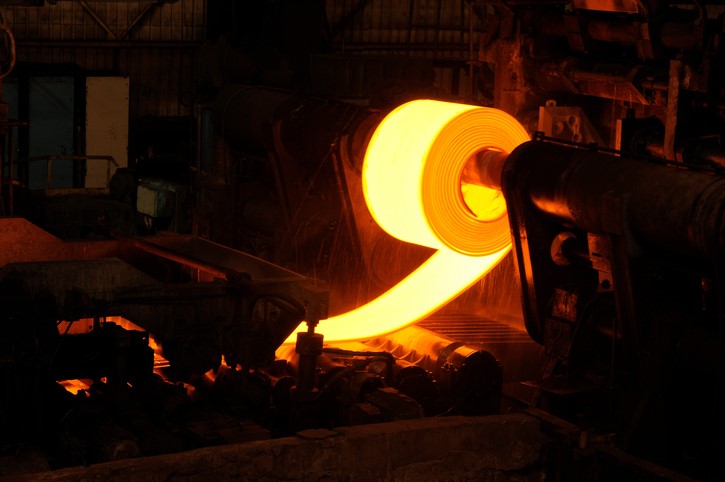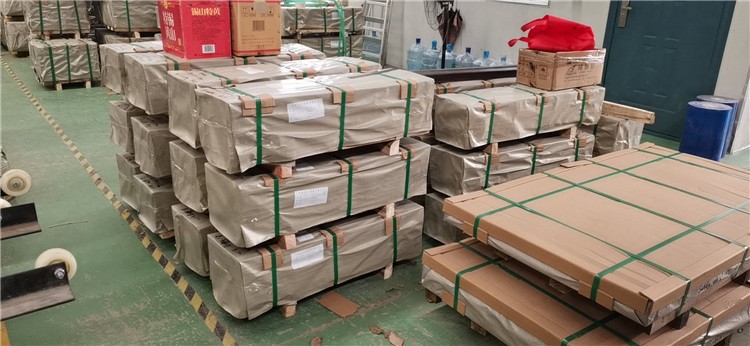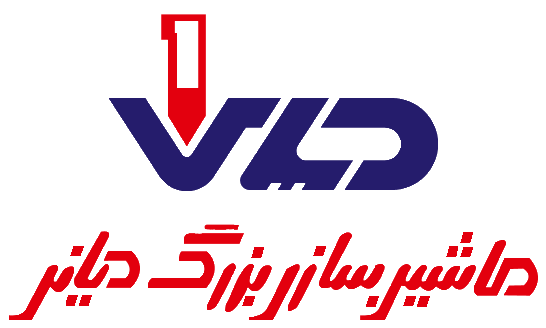What is Cold Rolled Steel Sheet?
There are many types of cold-rolled steel sheets, which can be classified based on their shape, specifications, or manufacturing process. For example, the difference between C-type steel angle and Z-type steel angle is primarily in appearance. Generally, the C-type product has a 90-degree angle, while the Z-type product cannot have this and its angle can only range from 60 to 75 degrees. Therefore, angles with different slopes have various uses.

Introduction to Cold-Rolled Steel Sheet Materials
This product is obtained through the cold processing of hot-rolled sheets. Due to its multi-stage processing, the surface quality of cold-rolled steel sheets is better than that of hot-rolled sheets. After undergoing heat treatment, good mechanical properties can be achieved.
- Classification of Cold-Rolled Steel Sheets for General Use
Based on the different needs of manufacturing companies, cold-rolled steel sheets are generally divided into two categories: cold-rolled steel sheets for general use and cold-rolled steel sheets for pressing applications. Cold-rolled steel sheets are also used for deep drawing, extra-deep drawing, and special-grade deep drawing designs. In general, cold-rolled steel sheets are delivered in two forms: coils and sheets. Their thickness is measured in millimeters, with widths of 1000 and 1250 millimeters and lengths of 2000 and 2500 millimeters.

Common Classification of Regular Cold-Rolled Steel Sheets
Common brands include:
Q195, Q215, Q235, 08Al, SPCC, SPCD, SPCE, SPCEN, ST12, ST13, ST14, ST15, ST16, DC01, DC03, DC04, DC05, DC06, etc.
ST12: The most common type of steel, which is essentially similar to Q195, SPCC, and DC01. This type of sheet has a good and suitable appearance in terms of packaging. Also, due to the mechanical properties of this steel, it is suitable only for bending and is not appropriate for pressing processes. This type of steel is suitable for parts such as refrigerator shells, car fuel tanks, etc.
Difference between ST12 and SPCC: The mechanical properties of the two products are almost the same, but in terms of tensile properties, ST12 products are relatively stronger than SPCC.
ST13 / 14: Pressing steel grade, essentially the same as 08Al, SPCD, and DC03/04. Products ST13 and higher are used in industries that require deep drawing, such as the automotive industry, diesel engine fuel tank manufacturing, etc.
ST15 / 16: Pressing steel grade, essentially the same as 08Al, SPCE, SPCEN, and DC05/06.
ST37 / 52: This type is the most commonly used steel. These types of steels have many applications in construction and machinery manufacturing industries. // For more information about these types of steels, click the link below. (Introduction to St37 and St52 Steels)

- Applications of Cold-Rolled SteelCold-rolled steel strips are widely used in industries such as automotive manufacturing, electrical products, rolling mills, aerospace, precision instruments, canned food, and more.
Cold-Rolled Steel Sheet Quality Inspection Standards
The quality inspection standard for cold-rolled steel sheets includes specifications and dimensions, surface, galvanized amount, chemical composition, shape, machine performance, and packaging.
Packaging
It can be divided into two types: cold-rolled steel sheets cut to a fixed length and cold-rolled steel sheet packaging. Generally, the sheets are packaged with iron sheet, coated with moisture-proof paper, and wrapped with iron bands to prevent friction between the cold-rolled steel sheets.

- Specifications and DimensionsThe width and length of the coil can be determined according to the user’s request.
Surface
Overall condition: Due to the different processing methods used in the coating process, the overall condition of the cold-rolled steel sheet may vary. Cold-rolled steel sheets and galvanized coils that are cut to a fixed length should not have any visible defects that affect their use, although the presence of welded pieces in the coil is acceptable.
Mechanical Performance
The mechanical performance of cold-rolled steel sheets should be based on two tests: tensile and bending tests.
